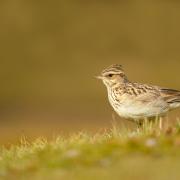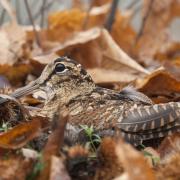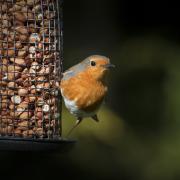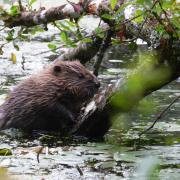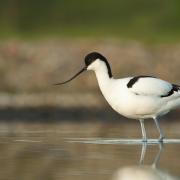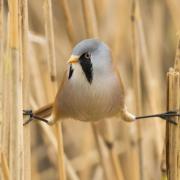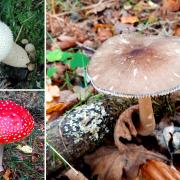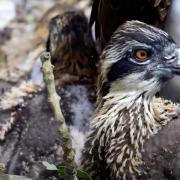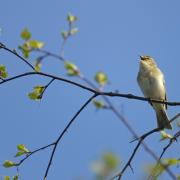Sally Welbourn of Dorset Wildlife Trust explains why bugs are the bee’s knees in her world
In this warmer weather you may notice there are more ‘bugs’ flying around in Dorset. Whilst they often are seen as a pest – batting them away from our face when we’re outside, or trying to persuade them out of our houses - bugs are essential to life on earth. Without them, the world’s eco system would collapse.
Bugs, or give them their official title - invertebrates (as they don’t have a spine), make up a great majority of animal life. There are 40,000 species in Britain alone. They are also intriguing: many of them can transform into something else, such as a pupa emerging as a beautiful butterfly, or are masters of engineering creating delicate yet strong structures like a spider’s web.
They are also brilliant pollinators. So next time a bee is circling your picnic, remember that every three mouthfuls of our food depends on pollination taking place. Imagine a world without strawberries, cotton, apples, peanuts, carrots, honey and chocolate? All these products are available to us because a plant was pollinated and could complete its reproductive cycle.
Even the smallest fly in the garden plays an important part in the food chain, allowing our favourite garden birds as well as badgers, frogs and even otters to survive.
So the next time you reach for the swatter or the spray, stop and take a closer look. You might find that pest is actually really rather beautiful, or simply imagine a world without chocolate – surely that’s scarier than a bug!?
5 bugs to spot
1. Glow worms
This is actually a beetle and not a worm, and can be seen in June and July. The females radiate a greeny-orange glow caused by a chemical reaction within the beetle. They are often seen climbing up plant stems to attract a male, who have large photosensitive eyes – perfect for scanning vegetation at night. The larvae and even the eggs can also emit light. The females glow for several hours at a time, but stop glowing once they have mated.
2. Starfish
Maybe not your traditional ‘bug’, but it is an invertebrate, and one to look out for at the seaside this summer. This five armed predator feasts on shellfish including cockles, mussels and barnacles. The small cushion starfish, pictured above, which is not a UK native was first found at Kimmeridge in 2014 and is thought to have appeared on our Dorset shores due to climate change. Starfish can live for up to 10 years.
3. Ladybirds
The voracious 7 spot ladybird will happily feast on aphids (green, black and white fly) which is why gardeners love them. It is also a migratory species, with large numbers flying in from the Continent every spring, boosting our native population. Its bright colours warn predators that they are distasteful, though some birds will still have a go at eating them! Adults hibernate in hollow plant stems and cavities, sometimes clustering together in large numbers.
4. Moths
There are 2,500 species of moth in the UK (compared to 59 butterfly species) and they play a vital part in the food chain as pollinators. Not all moths are drab, some UK moths are positively exotic – such as the magnificent Elephant Hawk Moth pictured above. This large eye-catching moth can be seen from May to July and is mostly active at dusk. Its caterpillars are very easy to spot: greyish green or brown, they have two enormous, blackspot eyes towards the head. When disturbed, they swell up to show these spots and scare-off predators.
5. Bees
There are 24 species of bumblebee in the UK, but sadly their numbers are declining fast. The honey bee is a well-known hive bee: semi-domesticated for thousands of years to produce honey, which is actually regurgitated nectar, for human consumption. The hive is made of wax ‘honeycombs’, each divided into a number of hexagonal cells that are used to rear young or store food such as pollen and honey. The first new queen to emerge may sting other potential queens to death, and will either take the place of her mother, or will create a new colony.








